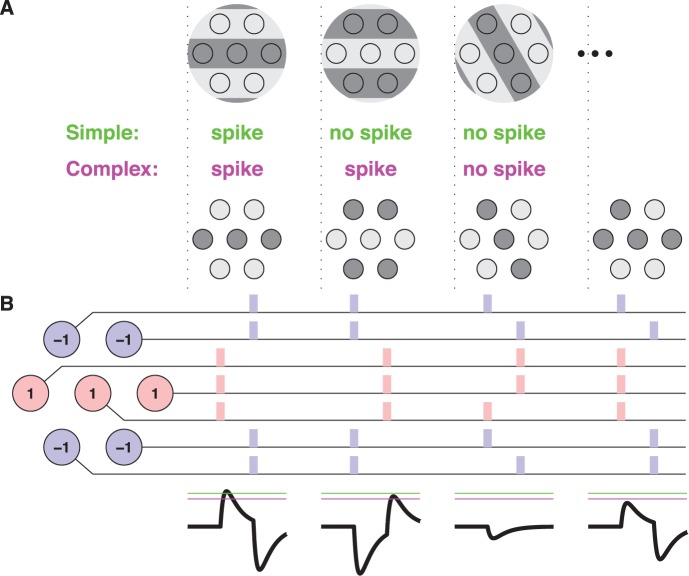Figure 7. Schematic model of orientation selectivity by latency processing.
(A) In this model, a population of 7 RGCs is stimulated by a sudden appearance of a bright/dark grating, and the resulting spike trains are processed by a tempotron. To emulate a cell that detects a single horizontally oriented pattern, reminiscent of a cortical simple cell, the tempotron should fire to the preferred grating (left), but remain silent to its inverse (middle), a rotated version (right), or any other pattern of illumination. To detect a horizontal grating independent of polarity, the tempotron should fire both to the preferred grating (left) and its inverse (middle), but reject all other patterns. (B) A set of synaptic weights assigned to the 7 RGCs (left) that solves this problem. Each RGC fires a spike either early or late (if its receptive field turns dark or bright, respectively) with a relative time difference of  (Figure 1H). The resulting spike patterns produced by 4 different stimuli (top) are shown, with colors indicating each spike’s excitatory or inhibitory contribution. Bottom panels show the postsynaptic voltage traces elicited in the tempotron (
(Figure 1H). The resulting spike patterns produced by 4 different stimuli (top) are shown, with colors indicating each spike’s excitatory or inhibitory contribution. Bottom panels show the postsynaptic voltage traces elicited in the tempotron ( ). All 126 binary stimulus patterns other than the preferred grating and its inverse produce a peak voltage of
). All 126 binary stimulus patterns other than the preferred grating and its inverse produce a peak voltage of  in units of the unitary PSP amplitudes. The preferred grating and its inverse produce the two highest values with
in units of the unitary PSP amplitudes. The preferred grating and its inverse produce the two highest values with  ; in the present model, this occurs if
; in the present model, this occurs if  . Because of the order of excitation and inhibition, the preferred grating always elicits a higher peak voltage than the inverse grating. Hence, if the spike threshold
. Because of the order of excitation and inhibition, the preferred grating always elicits a higher peak voltage than the inverse grating. Hence, if the spike threshold  is high (green line) the tempotron detects a single pattern, if
is high (green line) the tempotron detects a single pattern, if  is lower (pink line) it detects horizontal gratings of both polarities.
is lower (pink line) it detects horizontal gratings of both polarities.

